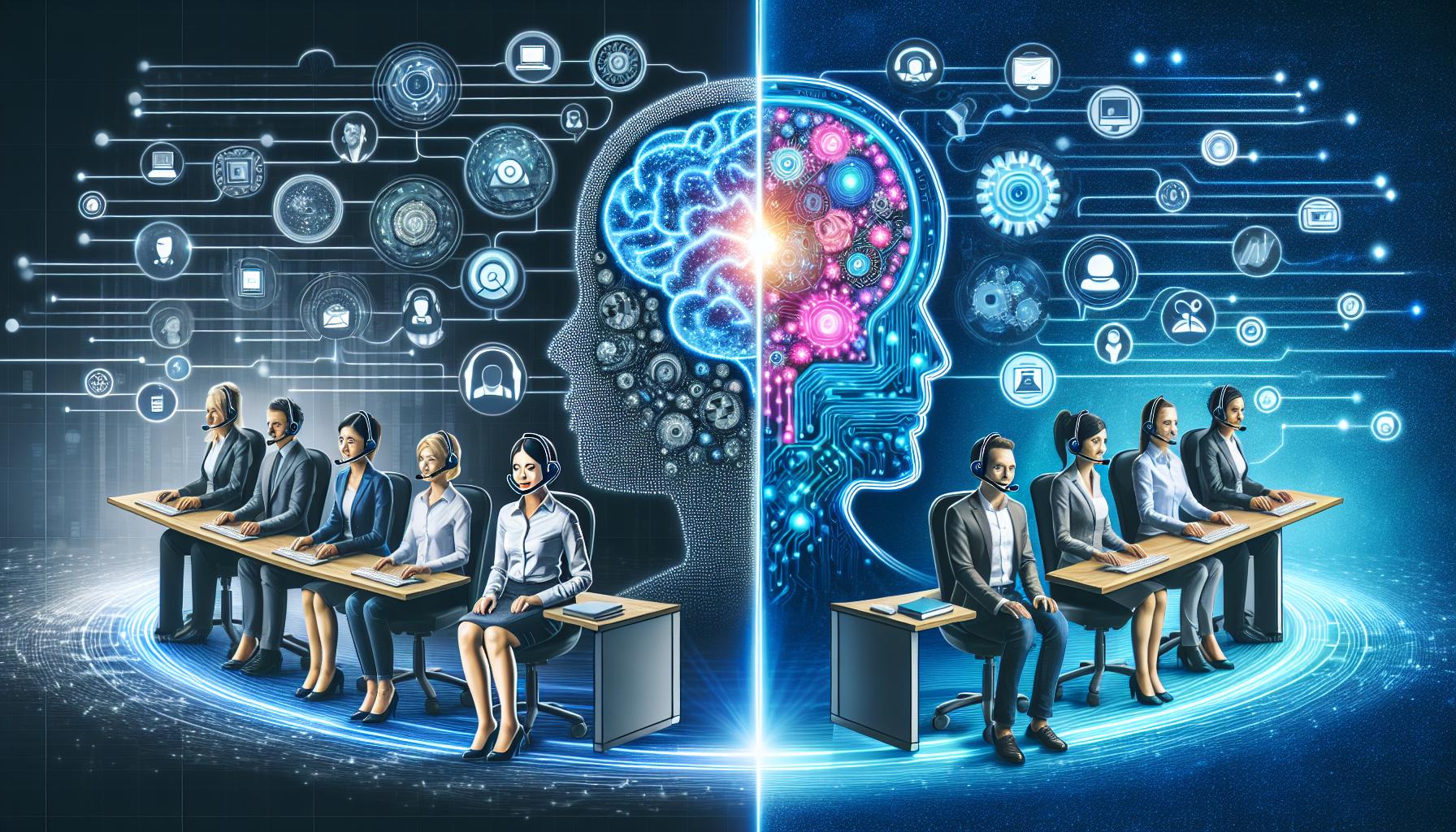Token-Based Processing in Generative AI: Key Insights and Solutions

Introduction
Generative A.I. is pushing the boundaries of creativity and automation across various industries, from content creation to personalized experiences. One crucial component underpinning the operations of generative A.I. models is token-based processing. Understanding how tokens function, their impact on A.I. outputs, and addressing their limitations can provide a clearer path towards more efficient and intelligent A.I. systems.
Understanding Tokens
Tokens are essentially the building blocks of language models. In the context of generative AI, tokens can be words, subwords, or even individual characters. Tokens serve as the fundamental units into which text is broken down before being fed into A.I. models for processing. The presence and arrangement of these tokens define the input data that will determine the AI's output.
Tokenization is vital because it allows A.I. models to manage and interpret text efficiently. For instance, words like 'uncommon' might be broken down into 'un' and 'common', especially in smaller subword tokenization schemes. This ensures that the model can handle a diverse set of vocabulary and linguistic nuances.
Token-Based Processing
Token-based processing involves the transformation of textual data into manageable tokens for analysis and generation by A.I. systems. This process is often executed through several steps:
- Tokenization: Splitting text into tokens using rules or algorithms to ensure meaningful divisions.
- Encoding: Transforming tokens into numerical representations that A.I. models can process.
- Batch Processing: Organizing tokens into structured batches for efficient model training and inference.
These steps allow generative A.I. models to systematically analyze token patterns, probabilities, and correlations to generate coherent and contextually relevant outputs. The success of this processing deeply influences the quality and applicability of the AI's generated content.
Limitations of Token-Based Processing
While token-based processing is revolutionary, it is not without its limitations:
- Context Length: Tokens are usually processed within a fixed context window. Long texts can exceed this window, leading to the loss of important contextual information.
- Complexity of Language: Languages with intricate grammar and syntax can pose challenges for tokenization, potentially leading to misinterpretations by A.I. models.
- Latency: Tokenizing and processing large volumes of text data can introduce latency, slowing down real-time applications.
- Data Bias: The inherent biases in tokenizer training data can reflect in A.I. outputs, which may perpetuate stereotypes or inaccuracies.
Potential Solutions
Addressing the limitations of token-based processing requires innovative techniques and continual advancements in A.I. research:
- Enhanced Tokenization Algorithms: Developing sophisticated tokenization algorithms that can handle diverse languages and contexts more effectively.
- Contextual Awareness: Implementing models that can retain and utilize broader contexts efficiently to improve the quality of generated text.
- Optimization Techniques: Utilizing methods like batch processing and parallelization to reduce latency during tokenization and data processing.
- Bias Mitigation: Ensuring diverse and comprehensive training datasets to minimize inherent biases in the tokenization process.
By focusing on these areas, the potential and efficacy of token-based processing in generative A.I. can be significantly enhanced.
Conclusion
Token-based processing stands as a cornerstone of generative AI's ability to understand and generate human-like text. While it presents several limitations, continued improvements and strategic solutions can unlock even greater capabilities, driving innovation across various domains. Understanding tokens and their role in A.I. is key to maximizing the utility and accuracy of generative A.I. systems.

 ™
™

